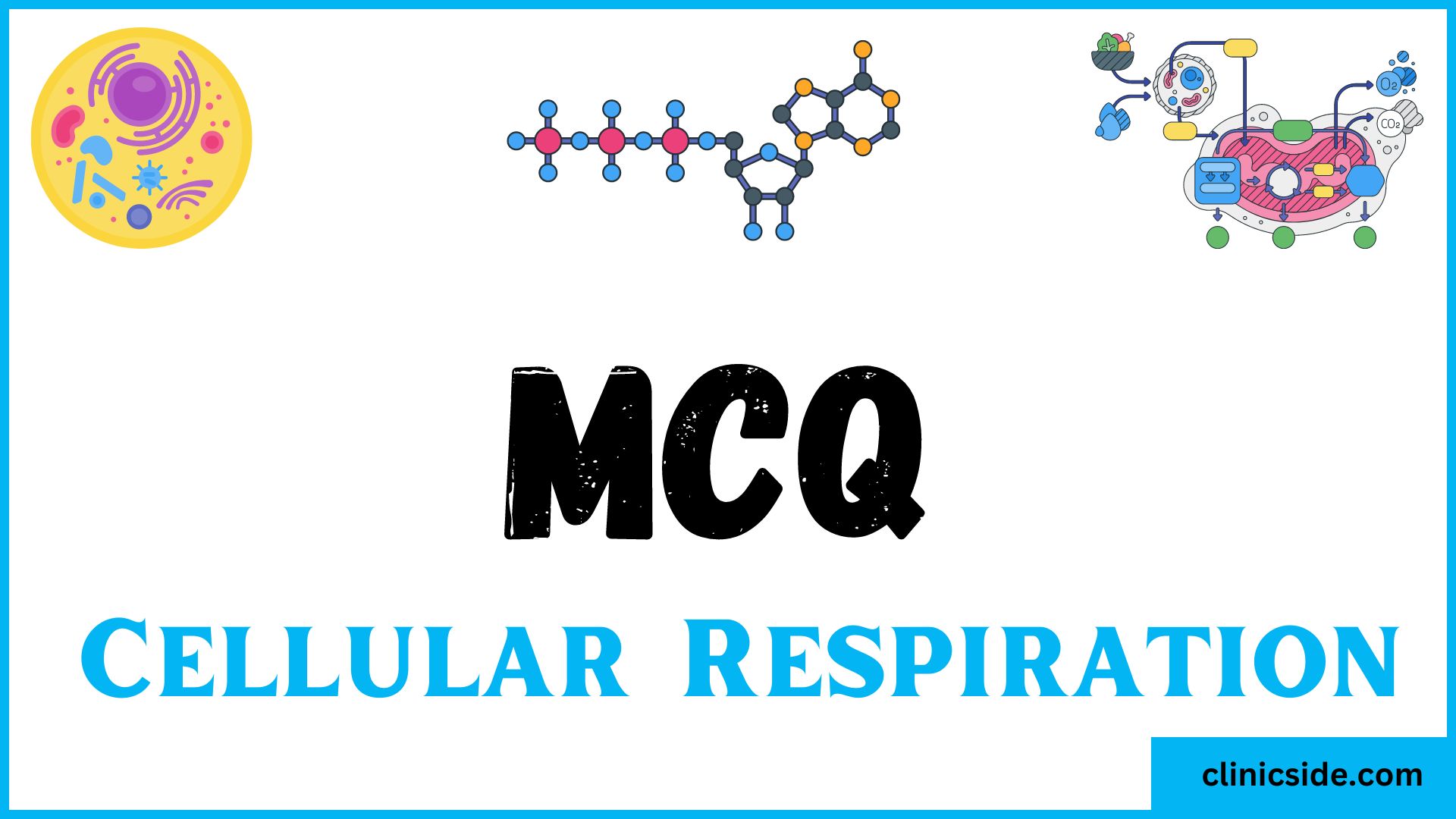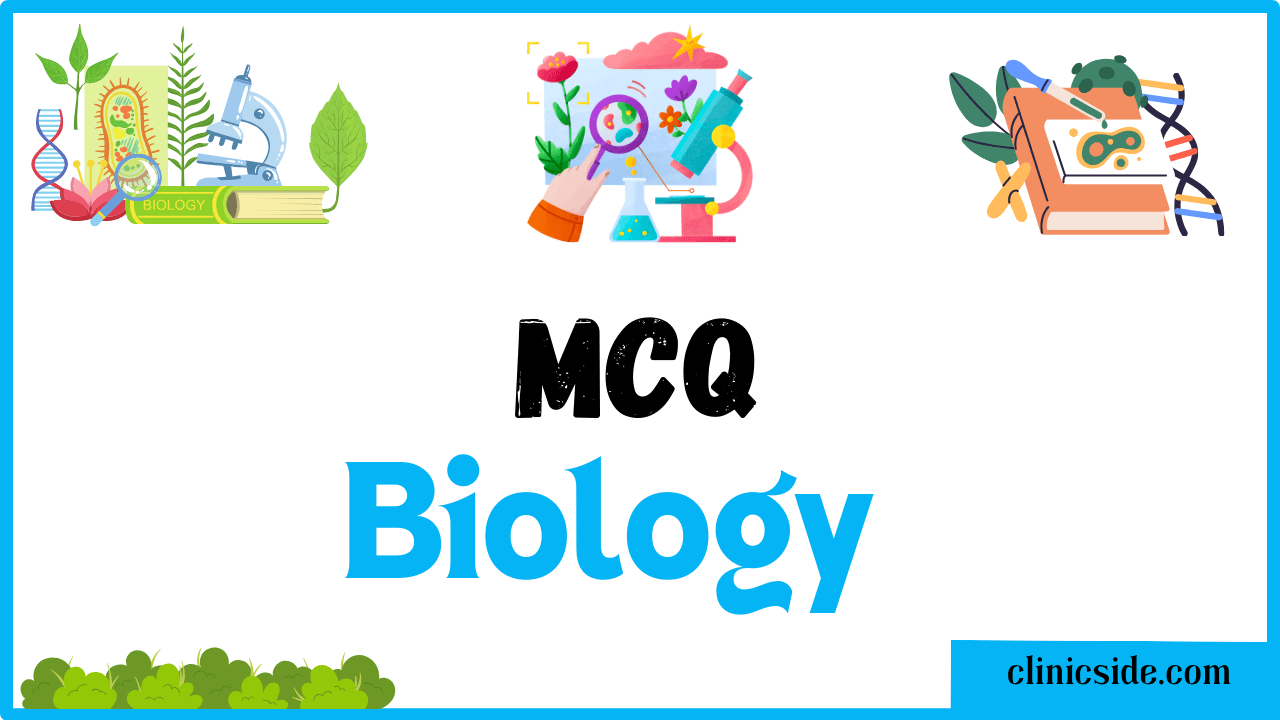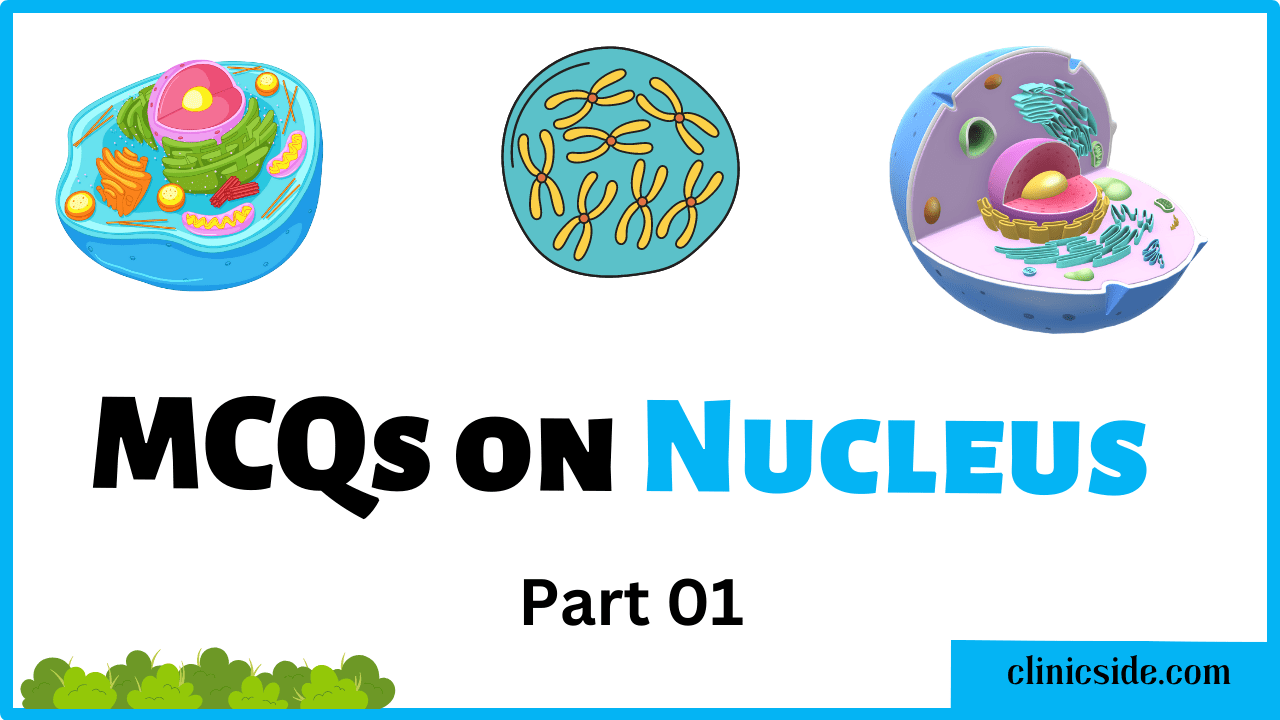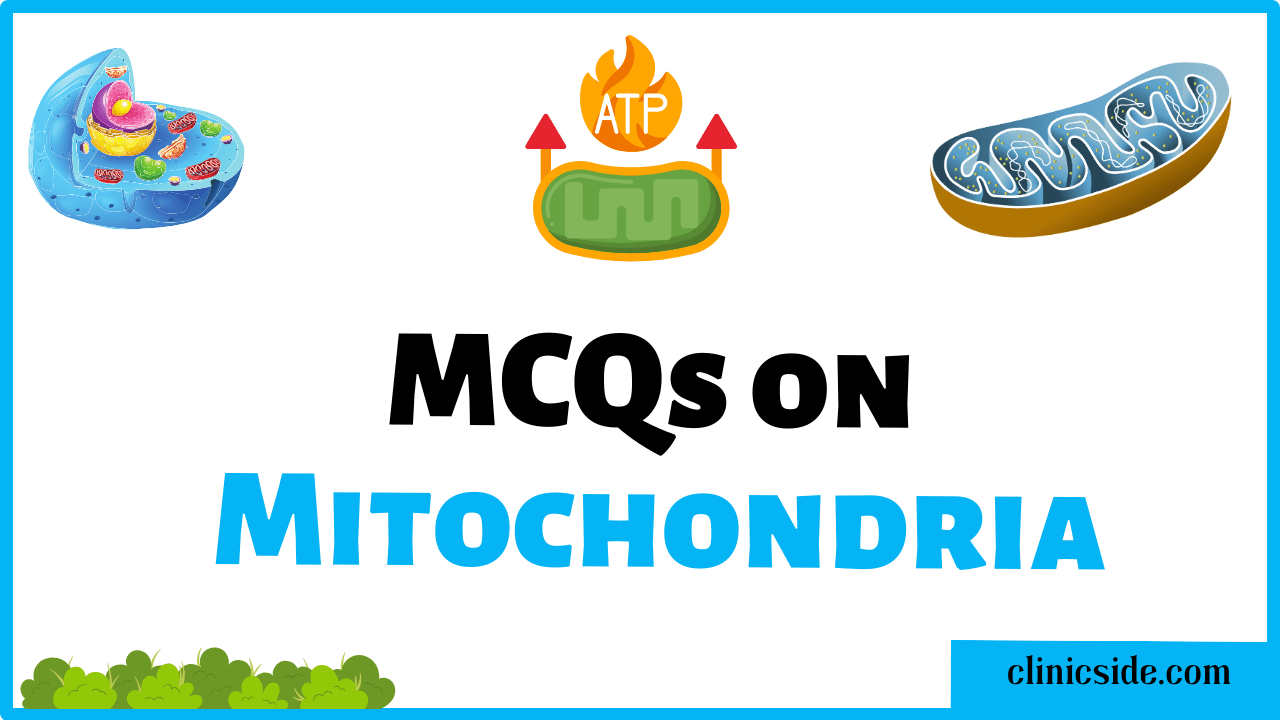Quiz
Available options: 1 to 20
Mastering Cellular Respiration: Essential Concepts for Your Pre-Quiz Review
Before jumping into the quiz, let’s explore the core concepts of cellular respiration. This process is the powerhouse behind energy production in cells, and understanding its stages will give you a strong foundation for tackling the questions ahead.
Glycolysis: The Energy Kick-Start
Location: Cytoplasm
Key Outputs: Pyruvate, ATP, NADH
Glycolysis is where cellular respiration begins. In this anaerobic process, one glucose molecule is split into two pyruvate molecules, yielding a small yet vital amount of ATP and NADH. Whether oxygen is present or not, glycolysis provides the necessary energy boost for cells to function.
The Link Reaction and Krebs Cycle: Powering Up the Mitochondria
Link Reaction: Converts pyruvate into acetyl CoA
Krebs Cycle Location: Mitochondrial matrix
Key Outputs: NADH, FADH2, CO2
Once pyruvate enters the mitochondria, it undergoes the link reaction to form acetyl CoA, a critical molecule that fuels the Krebs cycle. This cycle is a central hub for energy production, where acetyl CoA is broken down, releasing carbon dioxide and generating high-energy molecules (NADH and FADH2) that are essential for the next phase.
The Electron Transport Chain: The ATP Factory
Location: Inner mitochondrial membrane
Key Role: Major ATP production
Final Electron Acceptor: Oxygen
The electron transport chain (ETC) is the final and most prolific stage of cellular respiration. Here, NADH and FADH2 donate electrons to the chain, which powers the production of a large amount of ATP. Oxygen’s role as the final electron acceptor is crucial, ensuring the continuation of this energy-producing cascade by forming water at the end.
Anaerobic Respiration: Survival Without Oxygen
In Muscles: Produces lactic acid
In yeast cells: Generates ethanol and carbon dioxide.
When oxygen is in short supply, cells switch to anaerobic respiration. Though less efficient, this process allows cells to produce energy in tough conditions. Muscles produce lactic acid, while yeast cells generate ethanol and carbon dioxide, both vital in specific biological and industrial contexts.
The Role of NAD+ and FAD: The Electron Carriers
Function: Transport electrons to the ETC
Importance: Enable ATP production
NAD+ and FAD are the unsung heroes of cellular respiration. These coenzymes carry electrons to the electron transport chain, enabling the production of ATP. Without them, the energy production process would come to a halt.
ATP Yield and Efficiency: The Energy Payoff
Glycolysis Yield: 2 ATP
Krebs Cycle Yield: Additional ATP and high-energy molecules
ETC Yield: The bulk of ATP production
Cellular respiration is designed for maximum energy efficiency. While glycolysis and the Krebs cycle contribute to ATP production, the electron transport chain is where the real energy payoff happens, making it the most efficient stage of the process.
Test Guidelines and Time Limit For Quiz:
Guidelines for Maximizing Your Quiz Experience:
Read and Understand:
Carefully read each question related to Cellular Respiration and ensure you have a clear understanding of the concepts before selecting your answer. This will help you make informed choices and avoid misconceptions.
Choose the Best Answer:
Evaluate all available options before selecting the one that aligns best with your knowledge of Cellular Respiration. Strive for accuracy and relevance in your responses.
Time Management:
The quiz has a time limit based on the number of questions you choose. Allocate 45 seconds per question. Manage your time wisely to complete all questions within the allotted time.
Efficient time management increases your likelihood of successfully completing the quiz and submitting your answers within the designated timeframe. Best of luck!





